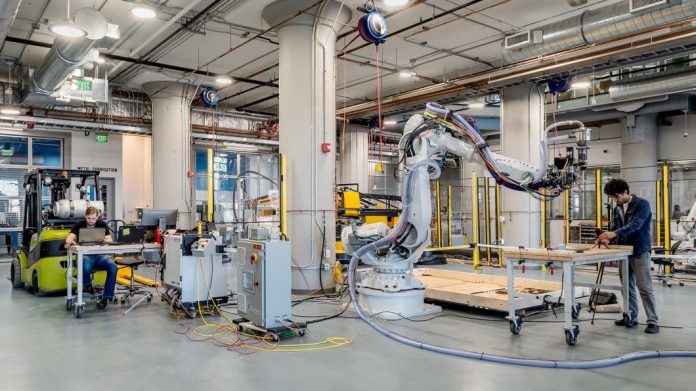If you can recall decades ago, construction was a human-powered job that relied on numerous workers to build things. Whether it’s a new house or skyscraper, hard labor was the name of the game. The only way to get any job done was to rely on vast manpower working in sync with each other. It didn’t take long for people to imagine machines replacing workers.
Indeed, automatons have taken over many of the jobs previously done by humans in the past years. The dream of replacing workers with machines is not far-fetched.
Now, imagine building something using robot construction laborers instead of humans. Just imagine how much less manpower is required, not to mention the level of precision achieved as well as reduced risk due to error. Do you still think it’s impossible?
The construction industry is at the cusp of change due to advancements in robotics and AI, especially when it comes to building skyscrapers.
So why are construction robotics and AI posed to seriously change the industry?
1. Robots Can Work Around The Clock
Getting laborers to work 24/7 is easier said than done. Most construction workers need a break and rest every now and then, which means work can only be done for so many hours a day. This is why robots are better suited to take over construction jobs – they can work non-stop, day and night.
2. Robots Can Be Precise And Accurate
Humans are known to make mistakes because of their fatigue and clumsiness. They may not be as accurate as expected or they can sometimes drop things that can damage other parts. Construction sites are more prone to accidents and robots can help keep things secure.
3. Robots Can Finish Tasks Quicker And Efficiently
Humans need to take breaks every once in a while. It’s not like they don’t want to work, but their body can only handle so much. Robots, however, can work well even in adverse conditions and they do not get tired easily. If you need something built quickly and efficiently, robots are the way to go.
4. Robots Need Little To No Supervision
Humans need somebody to supervise them because they are prone to errors. Robots are not, which means you can hire fewer workers to do the job. That also translates into cost savings that can help you build more or hire even more workers.
5. Robots Do Not Get Distracted Easily
Construction jobs are labor-intensive for a reason. Humans need to be physically present to take care of things, which means distractions are inevitable. Machines do not have the same limitations, plus they don’t require breaks so distractions can be avoided quite easily.
6. Robots Can Adapt To Any Situation
Construction sites can be highly unpredictable and changing. There are a lot of variations in weather and human behavior, not to mention the various tools needed. Robots can adapt to varying situations with ease and they can use a variety of tools as well and uninterruptible power supplies.
7. Robots May Be Affordable In The Long Run
Construction jobs require a lot of manpower and a lot of money. What you need is precision, speed, accuracy, and flexibility – all things robots can do effortlessly. Sure, the initial investment is high, but it can be worth its weight in gold when you factor in savings over time.
8. Robots Give You More Control Over Safety
Construction sites can be hazardous and risky for human workers, especially those who are not careful. Equipment such as traffic cones are meant to keep people safe, but not everybody follows the rules and safety protocols. Machines, on the other hand, can follow instructions to keep things secure and reduce accidents.
9. Robots Can Work On Any Scale
From small-scale repairs to large, expansive construction projects, robots can help you accomplish it all. They can handle intricate details as well as heavy lifting without any problems. You’ll never have to worry about the scale of your project ever again when robots are on your team
Conclusion
Construction robotics and AI are poised to change the industry in a big way. More projects can be completed with less people, which means everything can be built faster, cheaper, and better. Robots need little to no supervision and they don’t get distracted by external factors or fatigue easily. In short, they’re worth every penny because of their speed, precision, efficiency, accuracy, and consistency.

